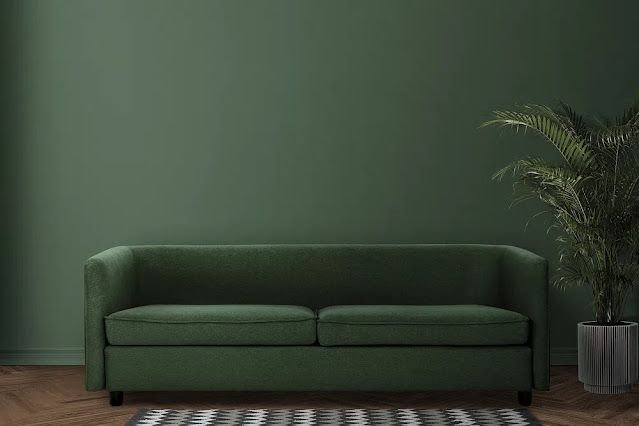The Modernist Revolution in Furniture Design: Where Form Harmonizes with Function
Introduction
The Modernist movement in furniture design, born in the early 20th century, stands as a remarkable departure from the ornate and elaborate styles that had long dominated the design landscape. Defined by its devotion to clean lines, simplicity, and an unwavering commitment to the guiding principle of "form follows function," Modernist furniture design profoundly transformed our perception of the objects that adorn our living spaces. In this article, we embark on a journey to explore the foundational principles, influential designers, and enduring impact of the Modernist movement in the realm of furniture design.
Principles of Modernist Furniture Design
Form Follows Function: At the very heart of Modernism lies the compelling concept that the shape and appearance of an object should be an unambiguous reflection of its intended purpose. This core tenet ardently sought to abolish superfluous ornamentation and decoration, directing all attention towards the intrinsic practicality and utilitarian essence of furniture.
Simplicity and Minimalism: Modernist furniture artfully embraces simplicity and minimalism in its design philosophy. Characterized by unembellished lines, geometric purity, and a conscious reduction of elements to their elemental forms, this style embodies a distilled elegance.
Innovative Materials: The avant-garde spirit of Modernist designers propelled them to the forefront of material experimentation. Through the incorporation of pioneering materials like steel, glass, and plywood, they pioneered the creation of furniture that was not only sleek and lightweight but also inherently innovative in its conception.
Ergonomics: A relentless dedication to ergonomics defined Modernist design, as designers meticulously crafted furniture to provide optimal comfort and user-friendliness. Chairs, in particular, were subjected to rigorous scrutiny to ensure they offered impeccable support and comfort.
Influential Modernist Designers
Ludwig Mies van der Rohe: Revered as a trailblazing luminary in the world of Modernist design, Mies van der Rohe is celebrated for timeless creations such as the Barcelona Chair and the Brno Chair. His unwavering commitment to simplicity, clean lines, and the masterful use of industrial materials indelibly shaped the movement.
Le Corbusier: A luminary architect and visionary furniture designer, Le Corbusier's name is synonymous with the iconic LC series of furniture, which includes the LC2 and LC3 chairs. His designs ingeniously combined functionalism with aesthetics, epitomizing the concept of the "machine for living."
Charles and Ray Eames: Charles Eames, in collaboration with his partner Ray Eames, played an instrumental role in shaping the trajectory of Modernist furniture design. Their crowning achievement, the Eames Lounge Chair and Ottoman, flawlessly fused comfort, functionality, and an austere, minimalist aesthetic. Their pioneering use of materials, particularly molded plywood and fiberglass, continues to inspire designers.
Alvar Aalto: Renowned Finnish architect and designer Alvar Aalto made profound contributions to Modernist furniture with his bentwood creations, exemplified by the Paimio Chair and the Aalto Stool. Aalto's oeuvre was distinguished by organic forms and a preference for natural materials, endowing his designs with an enduring allure.
Eero Saarinen: Eero Saarinen's name is synonymous with innovative form and materials. The graceful pedestal bases and streamlined, one-piece designs of his Tulip Chair and Tulip Table have cemented their status as iconic Modernist furniture.
Legacy of Modernist Furniture Design
The indelible imprint of the Modernist movement in furniture design continues to resonate prominently within contemporary design and interior aesthetics. Its tenets of simplicity, functionality, and groundbreaking material exploration remain influential and relevant in today's design landscape. Modernist pieces, revered for their timeless elegance, effortlessly integrate into a myriad of interior styles, from minimalistic to eclectically avant-garde.
Moreover, Modernism's legacy is conspicuously visible in the evolution of ergonomic furniture, profoundly impacting the design of office chairs, sofas, and other seating solutions. This enduring philosophy of "form follows function" remains a cornerstone of design philosophy across diverse disciplines, underscoring the paramount importance of practicality in the conception of functional objects.
In conclusion, the Modernist revolution in furniture design stands as an enduring testament to the transformative power of simplicity, functionality, and pioneering materials. Its legacy lives on through the sleek and ageless furniture pieces that grace our homes and communal spaces, eloquently reminding us that exceptional design transcends the boundaries of time and trends.

Comments
Post a Comment